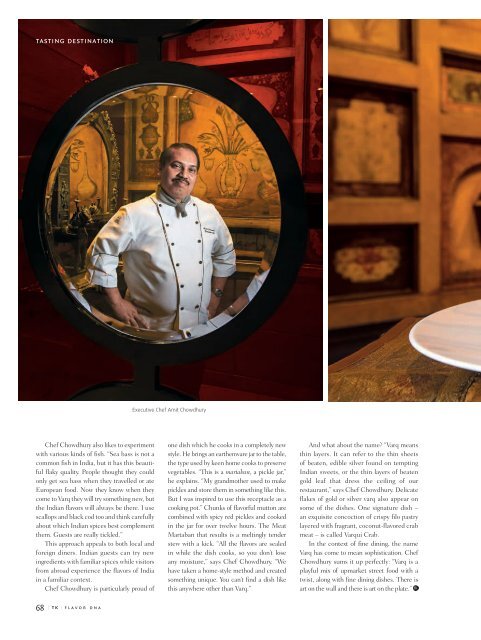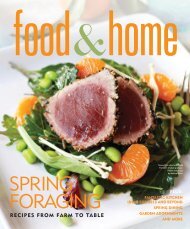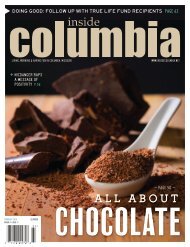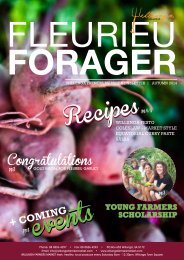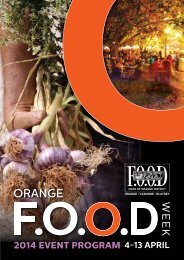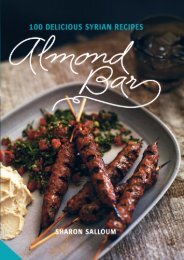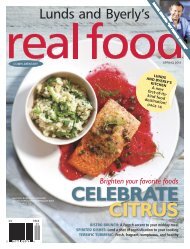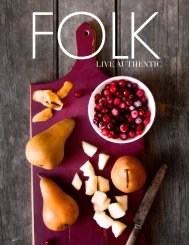Tasting Kitchen
Welcome to Tasting Kitchen. Season’s Greetings – or should I say Seasonings Greetings! This holiday TK issue is full of spices and flavorings. We talk to four talented and ambitious chefs about the flavor profile – or Flavor DNA – of dishes from India, Sichuan, Vietnam and the Isaan region of Thailand. Think cardamom, black salt and saffron, red peppercorns, red chilies and green chilies, dill, Kaffir lime, lemongrass, coriander, galangal and turmeric. We take a look at spices in history, and how even back in the Middle Ages savvy marketers knew the value of a good story. Spice merchants claimed that birds used cinnamon sticks to make giant nests in the cliffs above beaches in India, which “cinnamon hunters” then plotted to obtain. Today India is still associated with the world’s best spices. In this issue, for our first Tasting Destinations feature, TK’s Director of Photography David Hartung and Senior Writer Lucy Morgan traveled to Old Delhi to visit the world’s largest spice market and to New Delhi to visit one of the world’s top restaurants for modern Indian cuisine. One of our featured wines is the peppery Austrian Grüner Veltliner. We also talk to a New Zealand Wine Master about what makes great wine great, and to a leading French Champagne Chef de Cave about the value of patience and restraint. There are also some crabs running loose in the issue. A master chef in Macau shares his recipe for Quinoa Lobster Salad while five more from Hong Kong and Singapore share their favorite crab dishes and culinary musings. Happy Holidays,
Welcome to Tasting Kitchen.
Season’s Greetings – or should I say
Seasonings Greetings!
This holiday TK issue is full of spices and
flavorings.
We talk to four talented and ambitious
chefs about the flavor profile – or Flavor DNA
– of dishes from India, Sichuan, Vietnam and
the Isaan region of Thailand. Think cardamom,
black salt and saffron, red peppercorns, red
chilies and green chilies, dill, Kaffir lime,
lemongrass, coriander, galangal and turmeric.
We take a look at spices in history, and
how even back in the Middle Ages savvy marketers knew the value of a good story.
Spice merchants claimed that birds used cinnamon sticks to make giant nests in the
cliffs above beaches in India, which “cinnamon hunters” then plotted to obtain.
Today India is still associated with the world’s best spices. In this issue, for
our first Tasting Destinations feature, TK’s Director of Photography David Hartung
and Senior Writer Lucy Morgan traveled to Old Delhi to visit the world’s largest
spice market and to New Delhi to visit one of the world’s top restaurants for modern
Indian cuisine.
One of our featured wines is the peppery Austrian Grüner Veltliner. We also
talk to a New Zealand Wine Master about what makes great wine great, and to a
leading French Champagne Chef de Cave about the value of patience and restraint.
There are also some crabs running loose in the issue. A master chef in Macau
shares his recipe for Quinoa Lobster Salad while five more from Hong Kong and
Singapore share their favorite crab dishes and culinary musings.
Happy Holidays,
You also want an ePaper? Increase the reach of your titles
YUMPU automatically turns print PDFs into web optimized ePapers that Google loves.
tasting destination<br />
Executive Chef Amit Chowdhury<br />
Chef Chowdhury also likes to experiment<br />
with various kinds of fish. “Sea bass is not a<br />
common fish in India, but it has this beautiful<br />
flaky quality. People thought they could<br />
only get sea bass when they travelled or ate<br />
European food. Now they know when they<br />
come to Varq they will try something new, but<br />
the Indian flavors will always be there. I use<br />
scallops and black cod too and think carefully<br />
about which Indian spices best complement<br />
them. Guests are really tickled.”<br />
This approach appeals to both local and<br />
foreign diners. Indian guests can try new<br />
ingredients with familiar spices while visitors<br />
from abroad experience the flavors of India<br />
in a familiar context.<br />
Chef Chowdhury is particularly proud of<br />
68<br />
| TK | flavor dna<br />
one dish which he cooks in a completely new<br />
style. He brings an earthenware jar to the table,<br />
the type used by keen home cooks to preserve<br />
vegetables. “This is a martaban, a pickle jar,”<br />
he explains. “My grandmother used to make<br />
pickles and store them in something like this.<br />
But I was inspired to use this receptacle as a<br />
cooking pot.” Chunks of flavorful mutton are<br />
combined with spicy red pickles and cooked<br />
in the jar for over twelve hours. The Meat<br />
Martaban that results is a meltingly tender<br />
stew with a kick. “All the flavors are sealed<br />
in while the dish cooks, so you don’t lose<br />
any moisture,” says Chef Chowdhury. “We<br />
have taken a home-style method and created<br />
something unique. You can’t find a dish like<br />
this anywhere other than Varq.”<br />
And what about the name? “Varq means<br />
thin layers. It can refer to the thin sheets<br />
of beaten, edible silver found on tempting<br />
Indian sweets, or the thin layers of beaten<br />
gold leaf that dress the ceiling of our<br />
restaurant,” says Chef Chowdhury. Delicate<br />
flakes of gold or silver varq also appear on<br />
some of the dishes. One signature dish –<br />
an exquisite concoction of crispy filo pastry<br />
layered with fragrant, coconut-flavored crab<br />
meat – is called Varqui Crab.<br />
In the context of fine dining, the name<br />
Varq has come to mean sophistication. Chef<br />
Chowdhury sums it up perfectly: “Varq is a<br />
playful mix of upmarket street food with a<br />
twist, along with fine dining dishes. There is<br />
art on the wall and there is art on the plate.”


